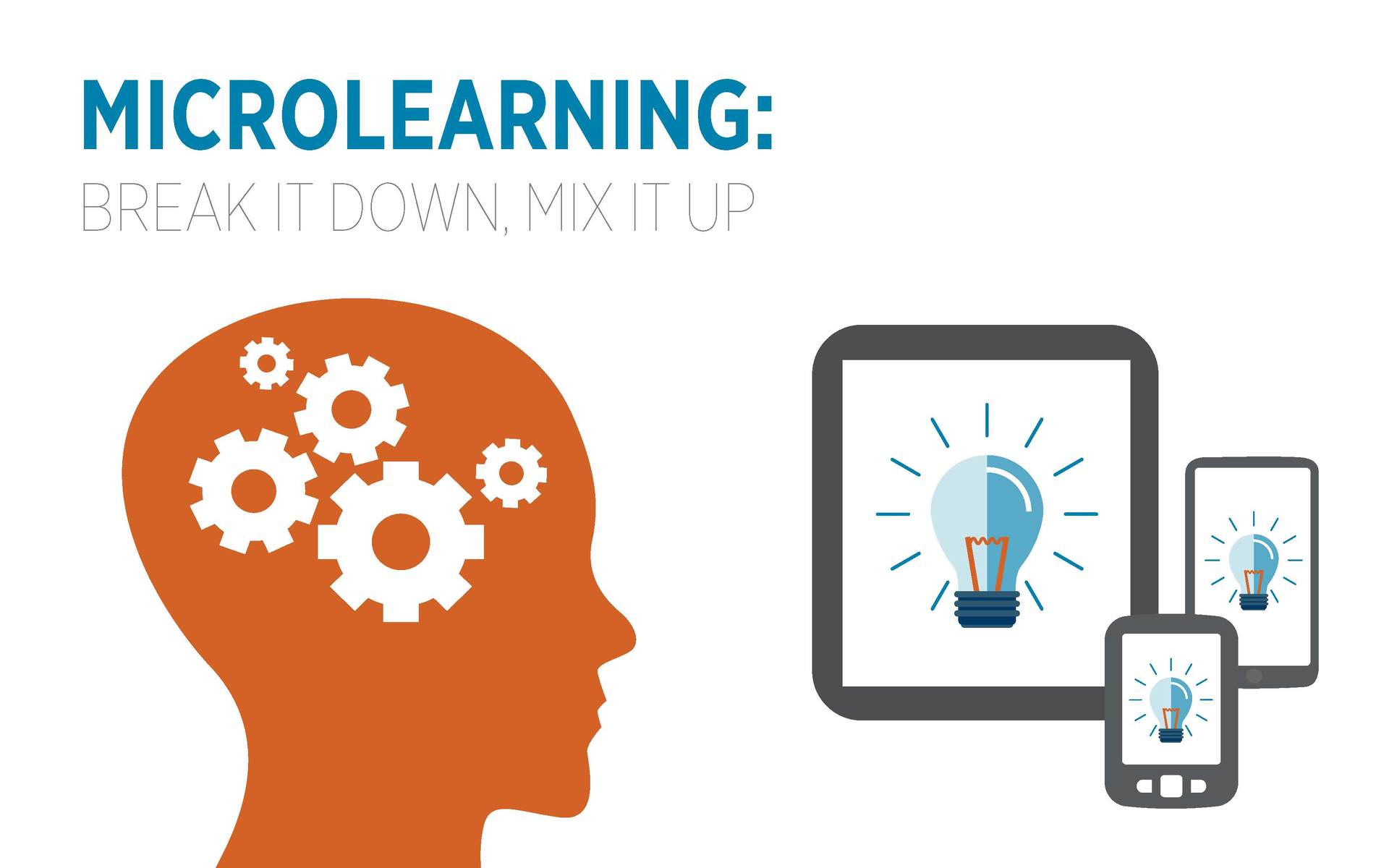Microlearning: Break it Down, Mix it Up
When my dryer suddenly stopped heating a few months ago, I naturally turned to a Google search, hoping I could figure out the problem so I would know if it would be a cheap or expensive fix. Instead I found a YouTube video showing me how to diagnose and repair the problem—microlearning for the DIY crowd. When it comes to employee or consumer training, your audience has come to expect this approach. They want relevant, on-demand information that’s only as long as it needs to be, which is why you might be hearing the word microlearning more often lately.
We at Allen Communication think of microlearning a little bit differently. While most people think of microlearning as only super short pieces of training, we think it’s training that’s only as long as it needs to be. Typically this will be shorter than traditional training, but really it’s any sort of course that gives your learners relevant information as briefly as it should be.
This approach is often more engaging and effective, making sure your learners pay attention and retain information longer. However, you still have to be careful to not assume brevity automatically creates engagement. Putting many 5-minute segments in sequence may be as tedious or difficult as a single 1-hour piece. This is why varying the types of training you use and deconstructing a linear eLearning curriculum has become such an important complementary tool to microlearning.
Μicrolearning breaks down training, deconstructing a longer traditional curriculum into easily consumable behaviors or pieces of information. Making microlearning non-linear deconstructs it further, turning courses into building blocks that can personalize your curriculum to specific learner needs. Ultimately training is all about strategy and design. Traditional training and traditional elements still have their place, but your learner needs may align better with bite-sized courses.
It can be overwhelming to think about restructuring a program, but you can start small. Assess which parts of your curriculum are best suited to becoming bite sized. Rebuild just a portion, changing a few courses in your overall training solution. Or begin building new programs with micro elements. You’ll find that many of the techniques used in microlearning to catch attention and educate quickly are already being used in the marketing world and are easily adapted to training. This technique boosts your bottom line by retaining high efficiency with short content development times while still meeting training goals.
Just like with my YouTube dryer repair, your busy workers like having accessible, ultra-relevant information. If you can serve up the information they need in a way that makes sense and fits in their day, you can drive higher completions, motivation and engagement.
Ultimately, if your needs and goals align better with microlearning, it’s time to take the jump. You need to break down your curriculum to be able to build it back up in a way that’s more personal and more engaging to your learners.









